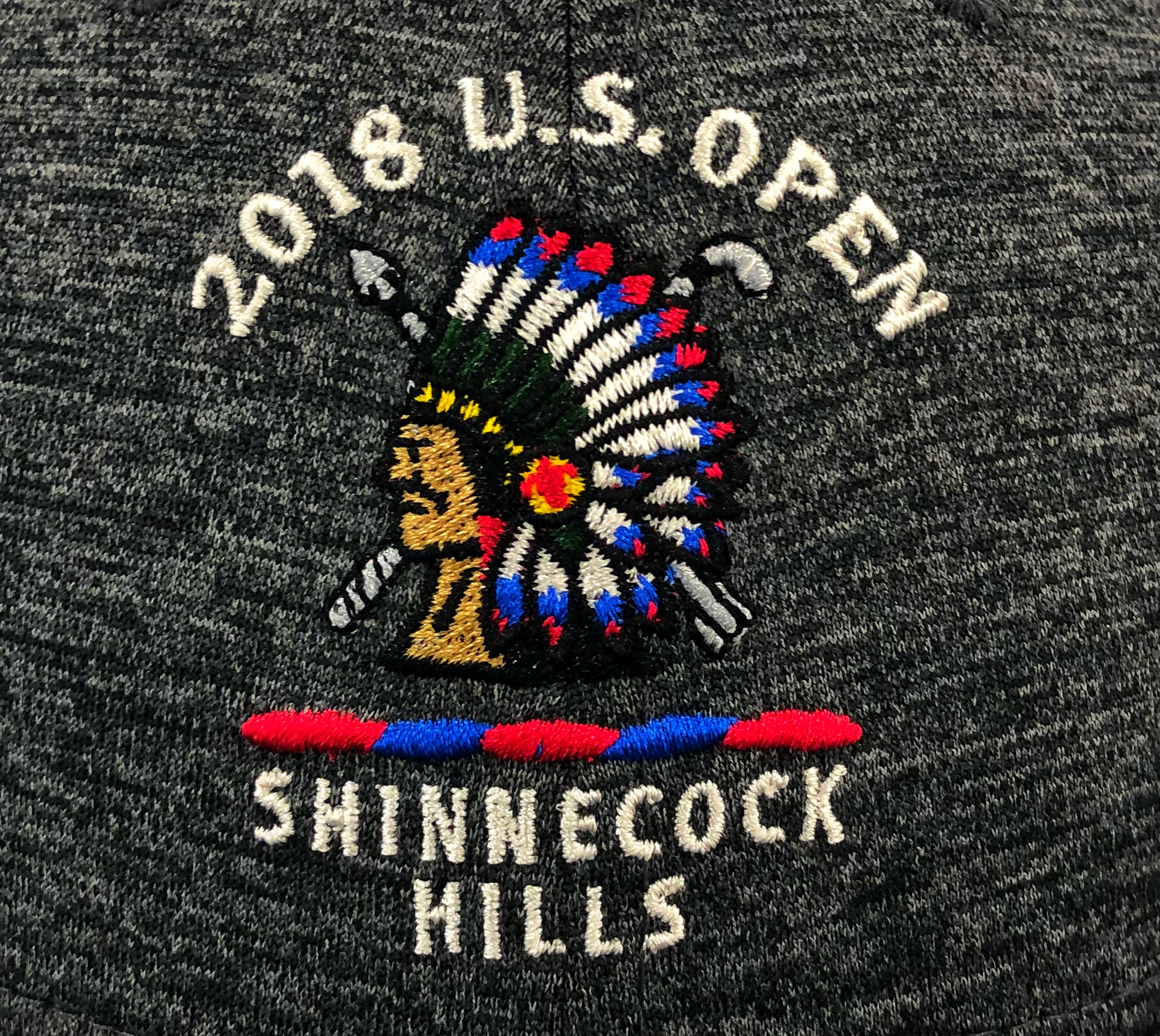"USGA and Shinnecock Nation to Build Oscar Bunn Golf Facility"
/We have an agreement! Details are sketchy still but interesting and fun to see the USGA getting in the golf course creation business.
USGA and Shinnecock Nation to Build Oscar Bunn Golf Facility
SOUTHAMPTON, N.Y. (June 11, 2018) - The USGA and the Shinnecock Nation have released a joint public statement today, confirming their shared commitment to a successful U.S. Open at Shinnecock Hills Golf Club this week.
The statement is as follows:
The USGA and the Shinnecock Nation share a long history that began in 1896 with the start of our relationship and will again be celebrated during the 2018 U.S. Open.
The leadership of both organizations has worked together for several months to identify opportunities to recognize the Shinnecock Nation’s contributions to the golf course, honor its heritage and engage its members in the championship.
The USGA will not only engage the Shinnecock Nation in various ways during the championship but will also provide a lasting tribute with the development of the Oscar Bunn Golf Facility, which will offer a place for Shinnecock golf enthusiasts and juniors to learn to play the game and enjoy it for a lifetime.
“We sincerely appreciate the USGA’s efforts to work with the Shinnecock Nation with this year’s U.S. Open. We are very proud of the history we share and are excited to welcome the championship this week,” the Shinnecock Nation Tribal Council said in a statement today.
“It is our hope that this effort binds the community in a meaningful way, honoring the past while providing opportunity for future generations to connect with the game we all love. We share a mutual respect for the game of golf, the U.S. Open and its impact to the community since 1896,” said Craig Annis, USGA head of communications.
In addition, the Shinnecock Nation will offer parking opportunities to fans wishing to park on their territory and will provide a shuttle back and forth from the parking lot to the U.S. Open. Fans can enter the lots off Montauk Highway by the Shinnecock Museum using West Gate Road, Southampton, NY. Parking intake hours are 5:30am – 2:00pm Monday through Wednesday, with shuttles running until 9:00pm for return car pick up. Thursday through Sunday parking intake hours are 5:30am – 4:00pm and shuttle buses will run back to the parking lots until 9:00pm.

















